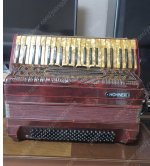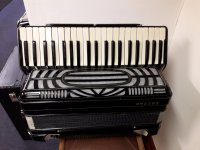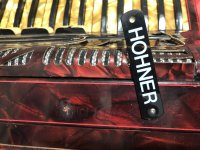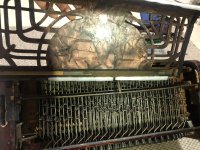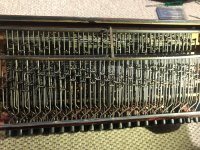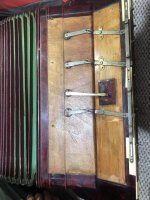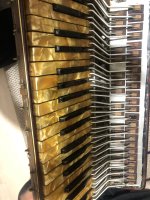Soyoung
Newbie
Hi!
I recently saw someone selling this vintage hohner accordion. The seller says that his grandpa used to play it in 1960’s.
I found that it looks very similar to the model ‘morino 5555’, but the way that the logo atteched to the instrument makes me doubt if it really is so. Furthermore there are some button looking kinda things on the front that do not have any function.
I’d appreciate any opionion from you people!
Thanks
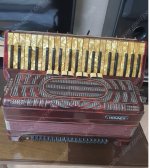
I recently saw someone selling this vintage hohner accordion. The seller says that his grandpa used to play it in 1960’s.
I found that it looks very similar to the model ‘morino 5555’, but the way that the logo atteched to the instrument makes me doubt if it really is so. Furthermore there are some button looking kinda things on the front that do not have any function.
I’d appreciate any opionion from you people!
Thanks


